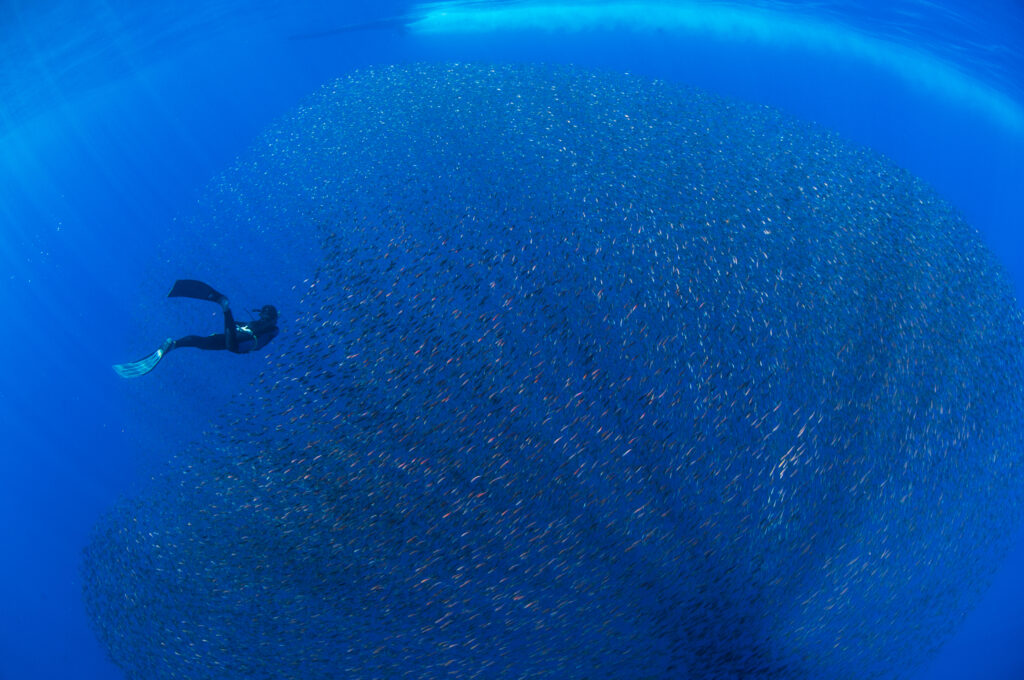What is a Purge?

In scuba diving, the term “purge” refers to the mechanism used to expel water from certain pieces of diving equipment, primarily diving masks and regulators. The ability to quickly and efficiently remove water from these components is crucial for ensuring clear vision and unimpeded breathing underwater. The concept of purging has evolved significantly over the years, becoming an integral part of modern scuba gear. Understanding the function and proper use of purge systems is essential for divers at all levels, as it directly impacts safety and comfort during underwater excursions.
What is Open Water Diving?

Open water diving is a fundamental form of recreational scuba diving, characterized by diving in natural bodies of water such as oceans, seas, and lakes. Unlike confined water diving, which takes place in controlled environments like swimming pools, open water diving offers divers the opportunity to experience the vastness and diversity of underwater ecosystems. This type of diving typically involves greater depths and more variable conditions, making it both a thrilling and challenging pursuit for enthusiasts of all levels. The concept of open water diving is integral to the sport, providing the foundation for various specialized diving activities and advanced certifications.
What is Public Safety Diving?

Public safety diving refers to a specialized area of underwater diving focused on search, rescue, and recovery operations in various aquatic environments. Unlike recreational or commercial diving, public safety diving is conducted by highly trained professionals, often part of law enforcement, fire departments, or other emergency response teams. These divers are called upon to perform tasks that are critical to public safety, such as locating drowning victims, recovering evidence from underwater crime scenes, and conducting underwater inspections during disasters.
What is Visibility?

Visibility in scuba diving refers to how clearly a diver can see underwater. It is measured as the distance a diver can see horizontally in the water and is a critical factor influencing the overall diving experience. High visibility allows divers to appreciate the beauty of underwater ecosystems, navigate more efficiently, and maintain safety by clearly seeing their surroundings and fellow divers. Conversely, low visibility can obscure important visual cues, making navigation more challenging and potentially increasing the risk of disorientation or accidents. Understanding the factors that affect visibility, how it is measured, and its implications for marine life and diver safety is essential for anyone involved in scuba diving.
What is Equalization when Scuba Diving?

Equalization is a vital process for scuba divers, referring to the act of balancing the pressure of a gas-filled space with the surrounding or ambient pressure. This technique is essential in counterbalancing the increase in water pressure as divers descend and ascend, ensuring a safe and comfortable diving experience.
What is Visual Inspection?

Visual inspection in scuba diving refers to the systematic examination of diving equipment to ensure its safety and functionality. This process is vital in identifying potential issues that could compromise a diver’s safety. Given the high-risk nature of scuba diving, regular visual inspections are crucial for preventing equipment failure that can lead to serious accidents. This article delves into the history, purpose, techniques, common issues, and standards associated with visual inspections in the diving industry.
What is a Squeeze?

In scuba diving, “squeeze” refers to the various types of barotrauma that can occur when air spaces within the body are subjected to pressure changes during a dive. As divers descend and ascend, the pressure exerted by the surrounding water changes, which can cause discomfort or injury if the pressure within the body’s air spaces does not equalize properly. Understanding and managing squeeze is crucial for the safety and comfort of divers, as it can affect various parts of the body including the ears, sinuses, teeth, mask area, and even the suit.
What is Command Signals?

Command signals are an essential aspect of scuba diving, ensuring effective communication and safety among divers. These signals allow divers to convey critical information without relying on verbal communication, which is impossible underwater due to the limitations of speaking and hearing in such an environment. As diving gained popularity and became more organized, the development and standardization of command signals became crucial for coordinating movements, sharing information, and handling emergencies.
What is Oxygen Therapy for Scuba Divers?

Oxygen therapy is a medical treatment that involves breathing pure oxygen or a gas mixture containing more than 21% oxygen. This method has been proven beneficial for various medical conditions and emergencies, such as decompression sickness, carbon monoxide poisoning, and hypoxia. In the context of scuba diving, oxygen therapy plays a vital role in promoting diver safety and ensuring a swift recovery from diving-related incidents.
What is a Reverse Squeeze?

What is a Reverse Squeeze? A “Reverse Squeeze” is a phenomenon experienced by scuba divers when ascending from a dive, where an inability to release pressure from enclosed spaces in the body results in pain or discomfort. These enclosed spaces typically include the sinuses, the middle ear, and the area inside the diving mask. Underlying […]
